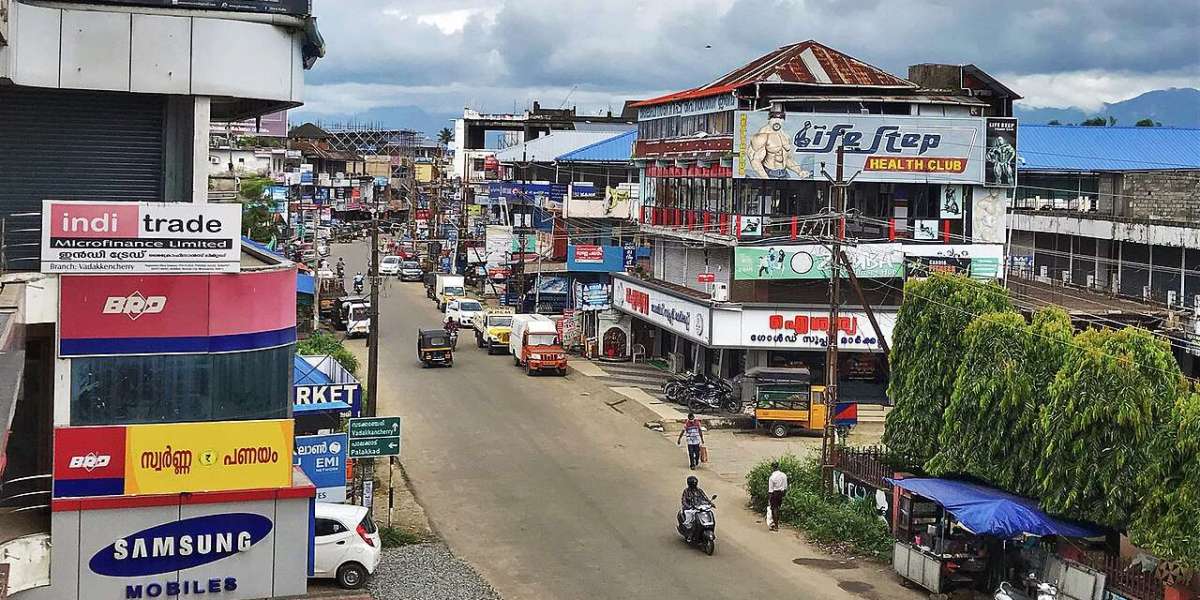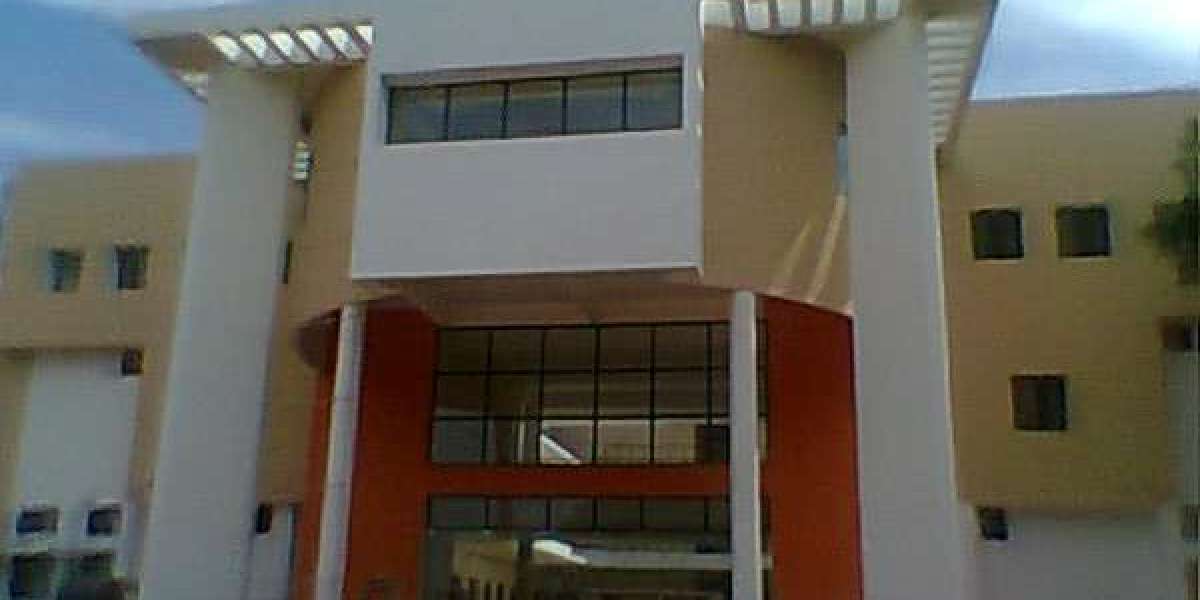Voter Turnout & Civic Outreach
Tarur recorded a strong ~75.9% voter turnout in 2021—continuing its pattern of engaged civic
participation in purely rural setting. The expansion in polling infrastructure has reduced congestion
and improved transparency at booths across seven village wards.
Demographics & Terrain
As a fully rural constituency, Tarur has 100% rural voters, with Scheduled Castes comprising around
16–17%, and Scheduled Tribes under 1% of the population. Literacy rates are consistent with district
averages (roughly 88–90%), albeit slightly below Kerala’s overall, and the terrain includes gently
undulating agricultural land interspersed with small hamlets and forest patches.
Livelihood & Economic Profile
Agriculture is the backbone: smallholder farmers cultivate paddy, banana, coconut, and
vegetables across Tarur, Kothayi, and Paducode.
Remittances (NRIs): Though Tarur is inland and rural, Gulf remittance income reaches many
households, boosting local consumption and staving off subsistence economics.
Local trade & services: Given its rural nature, trade remains limited—small shops, local
markets, and roadside services cater to daily needs.
No blue economy, as the constituency lies far from the coast.
Public services & education: Panchayat offices and village schools offer minimal formal
employment; most work is seasonal or agriculture-linked.
SocioEconomic Strata
The majority of families belong to the middle-income bracket, sustained by agricultural yields
supplemented by remittance support. A smaller group—landholding farmers, business families, and
NRIbacked households—fall into the higher-income tier. A modest section—landless laborers or
marginal cultivators—remain below the poverty line, although literacy and social-welfare schemes
have reduced extreme economic stress.
Recent Development & Civic Milestones
Polling booth upgrades: The increase to ~148 booths in 2021 enhanced inclusive access
across all eight panchayats, ensuring ease during voting day.
Transport improvements: Rural road upgrades connecting Tarur, Vadakkencherry, and
neighboring wards are underway to improve access to NH544 and district hubs.
Agricultural support programmes: LSGD-backed crop extension and paddy support schemes
are being rolled out to benefit small and marginal farmers.
Health outreach: Mobile clinics and local wellness camps target SC-majority hamlets,
improving access to basic healthcare services.
Tarur Assembly Constituency is a peaceful, rural expanse defined by agricultural livelihoods, modest
Gulf remittance support, and strong voter engagement. With a predominantly middle-income
demographic, small-scale farming, and ongoing upgrades in civic infrastructure and polling access,
Tarur is gradually moving towards inclusive rural development—rooted in agrarian traditions yet
opening pathways for broader economic resilience.







